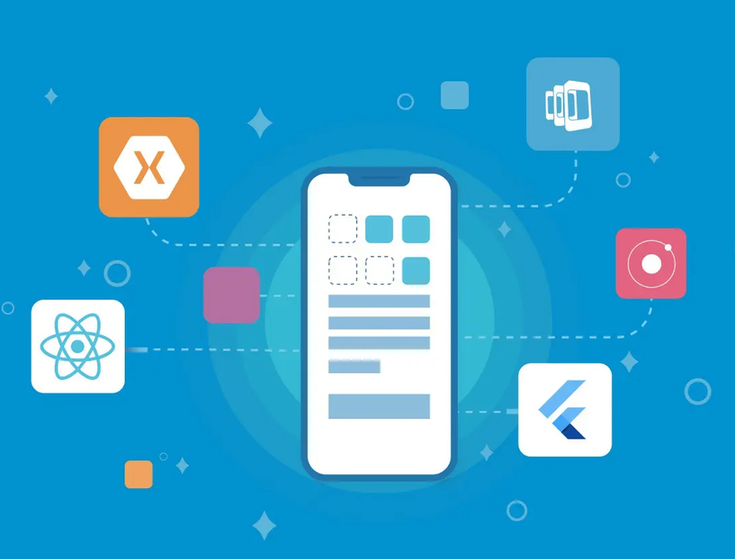Cross-platform app development is on the rise because of its ability to quickly create a cost-effective application that works on multiple platforms. It allows developers to create apps using the same code, allowing them to rapidly develop the app so they can optimize it, add new features and generally save time. In this guide, you will learn how to develop cross-platform apps in detail.
1. Choose The Platforms You Want To Develop On
The first step in creating cross-platform apps is deciding which platforms you want to develop your app for. Will it be iOS, Android, Windows, etc.? While it’s possible to develop an app that works on all platforms, it is best to focus on one or two that are the most popular in your target market.
2. Pick A Development Language And Framework
The next step is to choose a language and framework that you’ll use for development. When it comes to cross platform app development, the most popular languages are HTML5, C#, and JavaScript. As for framework, there are many options but some of the most well known are React Native, Xamarin, and Cordova.
3. Now Write The Code
Now that you’ve chosen a language and framework, you can start writing the code for your app. Start by designing your architecture and then create components to fulfill user requirements. When writing code, it’s important to maintain an organized and uniform code base so that your app functions properly across all platforms.
4. Test Out Your App On Different Devices
Before launching your app, it’s best to test it out on different devices and in different environments. This is because what works on one platform may not necessarily work on another. Testing on different operating systems and devices can help you identify any bugs or glitches in your app’s performance.
5. Run Performance Tests
In order to ensure your app runs smoothly on all devices and platforms, it’s important to run performance tests. These tests help you identify any problems with your app’s speed and responsiveness. You can use a variety of automated testing tools such as Appium, Ranorex, and Xamarin.TestCloud to perform these tests.
6. Prepare And Submit The App To App Stores
The final step is to make sure your app is properly submitted to different app stores. It’s important to follow the guidelines of each app store and create a unique product listing that stands out. Additionally, you should create a support page that outlines different ways users can contact you with concerns or feedback about your app.
In conclusion, cross-platform app development is a great way to quickly create an app that works on multiple platforms. It takes a bit of time and effort to create a successful app but following the steps outlined in this guide will ensure that your app is optimized for success. From choosing the platforms you want to develop on, selecting your language and framework, writing the code, testing it, and preparing a submission package for app stores, the process for developing cross-platform apps isn’t so daunting. Good luck!






